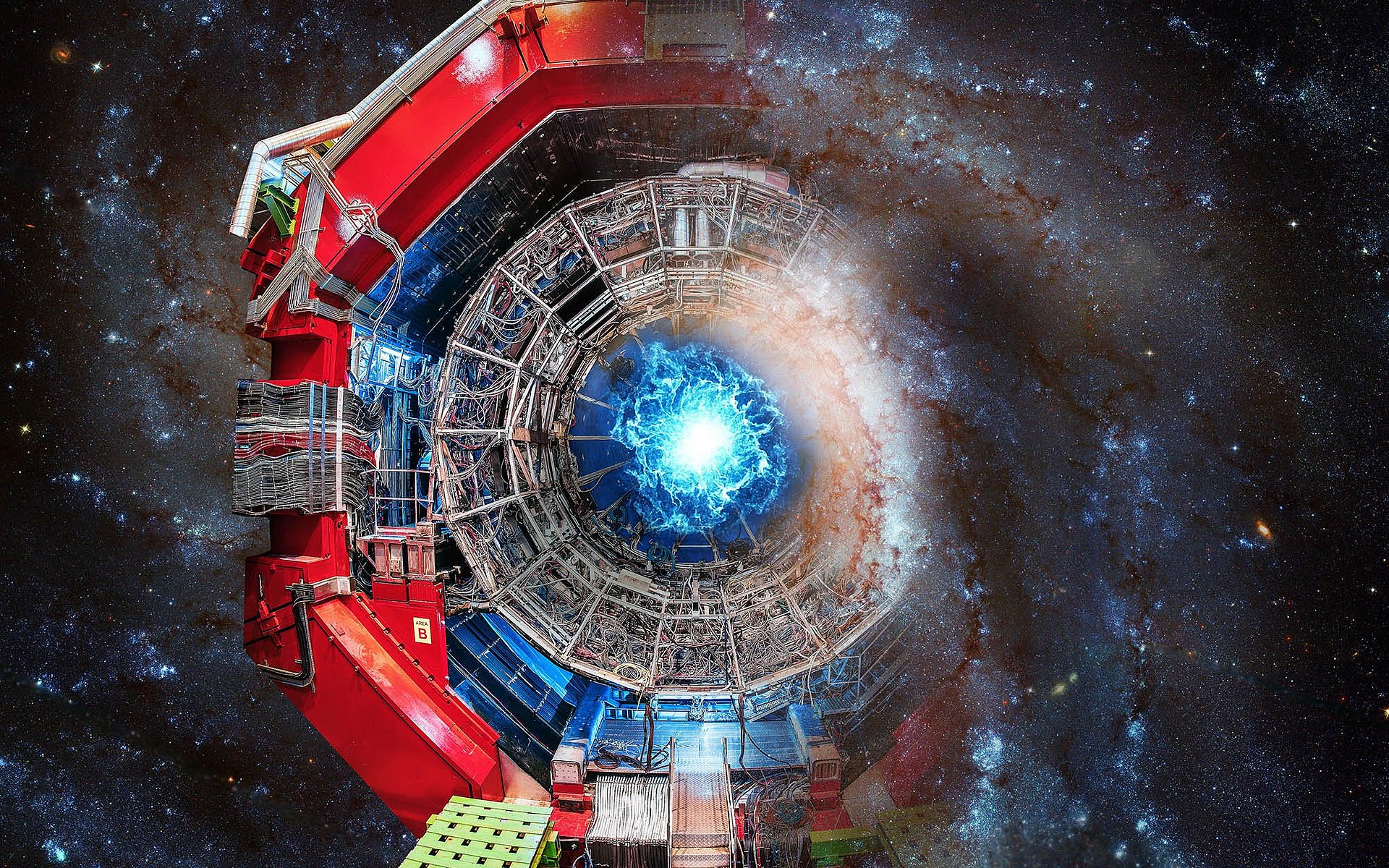
The discovery of the Higgs boson in 2012 slotted in the final missing piece of the Standard Model puzzle. Yet, it left lingering questions. What lies beyond this framework? Where are the new phenomena that would solve the universe’s remaining mysteries, such as the nature of dark matter and the origin of matter-antimatter asymmetry?
One parameter that may hold clues about new physics phenomena is the “width” of the W boson, the electrically charged carrier of the weak force. A particle’s width is directly related to its lifetime and describes how it decays to other particles. If the W boson decays in unexpected ways, such as into yet-to-be-discovered new particles, these will influence the measured width.
As the Standard Model precisely predicts its value based on the strength o...
Read More








Recent Comments